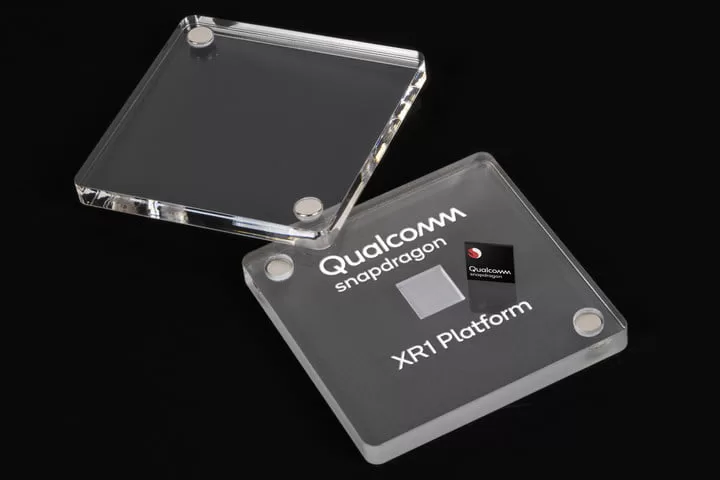Recently along with Stories You May have actually Skipped, our company’ll be actually dealing with the announcement of the Snapdragon XR1, along with Google.com as well as LG’s brand new virtual reality display screen modern technology. If you have not viewed these portions before, Stories You Might’ve Skipped is our devoted sector for pertinent tales that our experts didn’t cover this past week.
Below are the stories on their own, in addition to web links to sources so you can find out more if they saw your enthusiasm.
Qualcomm launches Snapdragon XR1, their first VR/AR-centric chipset
Qualcomm’s rate of interest in XR (Xtended Fact- quilt condition for AR, VIRTUAL REALITY, etc) is no secret. Our company’ve contacted all of them directly regarding it in the past. At the 2018 Mobile World Our lawmakers, Qualcomm exhibited their latest mainline Snapdragon XR1 chipset, which included an amount of XR-centric features. They additionally presented an endorsement concept for an XR headset using this hardware.
As it appears, they weren’t quite completed. Qualcomm has actually currently introduced the Snapdragon XR1, a chipset that is entirely devoted to XR equipment as well as treatments. The chips also feature an artificial intelligence motor and also machine learning functionalities, which is actually notably advanced than a lot of present day chipsets. Along with functions like these, the Snapdragon XR1 is additionally stuffing incredibly quality, consisting of the ability to take care of 4K video recording at 60FPS.
If this seems appealing to you, take a look at the total account at Digital Trends listed below.
Source: Digital Trends
Google.com as well as LG produce a brand-new ultra high-definition VR display screen
Google and LG are collaborating to create a new virtual reality show, along with a solution of 18 megapixels and also a refresh cost of 120hz. This takes off to the higher end of human outlook restrictions, and also the refresh fee should additionally supply an unbelievably smooth adventure. Many shows (TVs, displays) go for 60hz, while the majority of VR display screens begin at around 90hz, for evaluation.
The power needs for these displays might confine their refresh price to 75hz when utilized along with mobile devices, nevertheless. While this isn’t specifically negative, per se, it is actually a notable decrease coming from its full capacities.
Besides amped-up resolution and freshen cost, this display screen likewise supplies a high FOV and OLED help, which will definitely offer premium colour reproduction.

